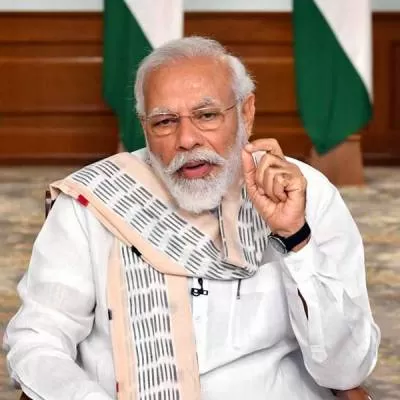- Home
- Infrastructure Urban
- ECONOMY & POLICY
- The Global March of Mediation
The Global March of Mediation
The benefits of time and cost that arise from adopting mediation have been celebrated time and again; nonetheless, when choosing to mediate a dispute, a relevant consideration is how successful such a process has been in the past. In other words, one would always ask: What is the track record of mediation as an option for concluding and closing disputes. While records of mediation in India are not currently available in any substantial numbers owing to limited collection of data, statistics from different countries are inspiring as they indicate how successful mediation is as a process.Comparatively efficientThe comparative efficiency of mediation over litigation is well-known. For example, a 2014 EU report found that both average time and cost to arrive at an outcome came down drastically in most EU nations, such as UK, France, Italy, etc, in mediation cases versus litigation. Most impressive were the efficiency improvements achieved through mediation in Italy, where average time to resolution came down from 1,185 days to 66 days, and cost came down from Euro 16,000 to just Euro 3,000. For comparison, the average life of a case in India is 13 years and litigants spend an estimated total of ₹ 30,000 crore per year towards court hearings.Now, these are compelling data sets, and people rightly say that data is eloquent. However, we say data is even more eloquent and forceful when it reports quantified outcomes. And here they are.Global outcomesIn Asia, the Singapore Mediation Centre (SMC) alone has dealt with over 3,600 disputes, ranging from construction disagreements to IT, insurance and shipping cases. The settlement rate at SMC is close to 70 per cent, with nearly 90 per cent of these disputes being resolved in just one working day. In Hong Kong, the court-annexed mediation centre records a total of 780 cases being mediated in 2017, a marked increase over 2016 when only 361 cases were reported. The ultimate success rate of Hong Kong cases in 2017 was 61 per cent, with 52 per cent being resolved during the mediation process itself and the remaining disposed of within six months of the conclusion of the mediation session. Italy has a somewhat different experience owing to the mediation legislation passed there, which makes mediation mandatory before approaching the courts. Between March 2011 and March 2012, over 90,000 disputes were filed. However, because of respondents sometimes not appearing for sessions, several mediations went unresolved. Among the sessions where both parties (plaintiff and respondent) were present, 48 per cent were successful. While a respondent not appearing for a court case is not uncommon, the takeaway from this example is that it is imperative for both parties to be present and agreeable for a successful mediation session.Conventional examples of highly successful mediation settlement rates would include the UK and the US. In the UK, the Centre for Effective Dispute Resolution published the results of its survey, reporting that the size of the mediation market in England and Wales is close to 10,000 disputes annually and the settlement rate for the years 2014-2016 was as high as 86 per cent. In the US, Financial Industry Regulatory Authority, Inc. recorded a high settlement rate of 72 per cent for mediations in 2018. An improving trendThe number of disputes received by mediation centres as well as settlement rates are only increasing with each passing year and the few barriers to mediation, such as parties not appearing for a session, hinder different markets differently. Countries like the Singapore, UK or US do not face these issues as much as Italy or Hong Kong and such differences perhaps account largely for the differing success rates. Regardless, the trend of settlement rates across the world indicate only an improving trend. The Global Mediation Survey 2016, conducted by the International Mediation Institute, involved participation from 831 mediators representing 67 different countries. The survey found that the mediation market is growing exponentially across the globe and business advisors and potential users today understand mediation better than they did earlier. Further, studies conducted in the US show that parties are more likely to immediately comply with a mediation settlement than a court decree or an arbitral award. It goes without saying that the likelihood of a settlement being finally executed is an important consideration for potential disputants in selecting a particular pathway of dispute resolution. Across the world, mediation has had impressive success rates with at least more than half the cases being resolved. With mediation settlements being cost-effective, time-efficient with full party autonomy and a majority of cases being resolved and, to top it all, bearing a higher likelihood of compliance, we do not see any reason why mediation would not be the first choice in dispute resolution for everyone. It also closely follows like a corollary that a neutral and transparent institution such as the Centre for Mediation and Conciliation of Bombay Chamber should be the obvious first stop in all our commercial disputes, going forward.About the Authors: Rashika Narain is a IV-year student, BA LLB at National University of Juridical Sciences, Kolkata; Sumit Banerjee is Chief Mentor of the Centre for Mediation and Conciliation promoted by the Bombay Chamber.



















